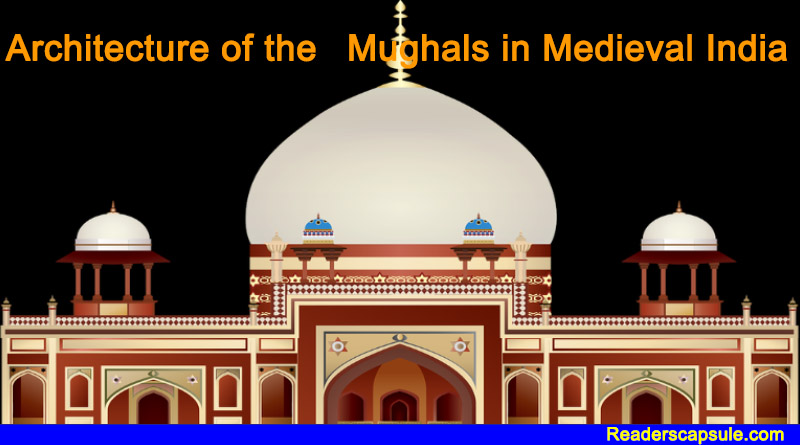As well as beautiful natural scenery and resources, Assam is rich in Architecture, cultural heritage, sculptures, monasteries and ethnic cultures. We are going to discuss here about the Temple architecture of ancient Assam.
In ancient Assam or Pragjyotisha there is evidence of the construction of innumerable monasteries- temples, forts and palaces from the Gupta period – in the Copper regime and religious books at the notes of foreign tourists. Due to the subsequent climate and strong earthquakes, no monastery-temple in any part of the region has been left completely intact. However, from the ruins at various places, one can get a rough idea of the architecture of ancient Assam. The ruins of the oldest temple in Assam have been recovered – in Da Parbatia Gate of Sonitpur district. The base of the temple, the stone frame and some pillars are still there.
Sculptures of the stone frames are great examples of Gupta structure. It is noteworthy that both the bricks and stones were used in the temple. This temple is divided into three parts – Garva Griha (sanctum), Mandap (Outer gallery) and Mukhmandap (Face zone). There is a circular path around the sanctum and a drainage channel still exists.
There are ruins of two rock temples at Gharpura area in Tezpur. There is a unique look of the door headband at the top of the five temples. The doorway of the temple is adorned with the sculpture of a tree. The lower part of the doorway of the temple is carved with idols of the Ganga and the Jamuna bifurcating like the Da Parbatia Gate. There were seven temples together in the Tezpur bamuni hills. The middle temple was the largest ever. At the door headband of this temple, top of five temples are seen.
Nine temples are seen piled up at Mikir Ati near Dabaka in Nagaon district. The middle of the three lined temples was the largest of all the temples in Tezpur. Base of nine temples have been found at Maudanga (Devasthan) near Howrahghat. Dr. Nishipada Choudhury has claimed the existence of a bundle of nine temples in the Gonsai Jury, Rajbari (Jaegijan) etc. area. Of course, there are ruins of the seven temples in Bhaga village of Shingari temple. The existence of sanctum and the outer galley at the end of the demolition of Shingari and Bamuni Pahar etc. is remarkable. After the demolition of the Kamateshwari temple at Abhayapuri and the Chomora Sali Devi temple, four small temples were established around the main temple. The Sualkuchi Siddheshwari temple in Kamrupa has been identified as a temple of the Pre-Ahom period. The temple was made of bricks.
The construction style of the lower part of the temples of Pre-Ahom period is as follows-
- The entrance to the temple
- Mandapa or Nat Mandir (Outer gallery)
- Gu-Puram or Entrance House and
- Garva Griha (sanctum)
The idol of the worship god is installed in the sanctum. The base of the sanctum was four-sided. The throne of the four sided Sanctum was four-wheeled. Later it is seen to be seven wheeled or more for the sake of beauty. The throne is compared to the human body. Such as – feet, thighs, shoulders and head. The peak of the temple has a special importance. According to the peaks, the temples are given different names e.g,
- Nagar: Its base is four-sided. Amalak is where the peak is located. On top of that there is a pitcher and on top of that according to the deity trishul, chakra etc.
- Beshar: It is South Vindhya shaped. The base is circular orbital and
- Dravir: It is South Indian styled. The dome is six or eightfold. Sometimes pyramidal.
Most of the temples in Assam are of North Indian Nagar style. Some of the temples also had a spacious dome. Proof of this is the peak of Siddheswari temple. There is no Amalak at the top of that temple. In one word, the architecture of ancient Assam is rooted in the system of all-India urbanization.
Also Read- 10 changes that to be brought to human society by Covid-19
